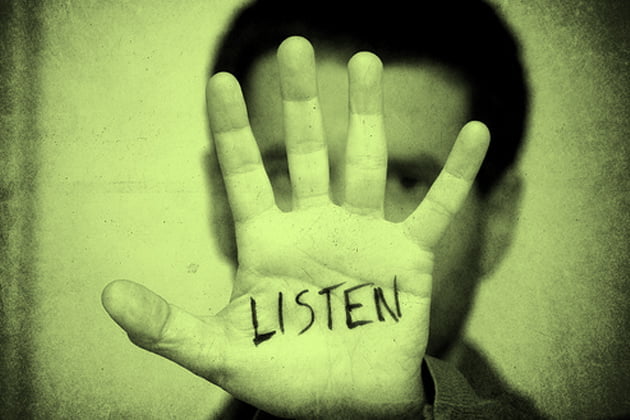By Gustavo A. Ramirez, Guidance Counselor / Education Consultant
In Strengthening the Balance I pointed out that our students want very much to know that we, their educators, care whether they learn or not. Even more pressing to them than that, though, our students want to know how the coursework that they work on everyday connects to their lives and to the world in which they live. Why do they have to study the lessons that we give them in the classroom everyday? Why do they get homework based on those lessons? A recent comment posted by a reader indicates that as a student in high school he once asked his
Math teacher, “When will we use Math formulas in real life?” In response, the teacher immediately gave him 5 demerits and sent him to detention. Sadly, that incident seems typical of many teachers – past and present. Yet, it’s the total opposite of trying to connect a student’s day-to-day work with the world in which the student lives. Was that teacher someone who seemed to care whether his student was learning or not? Without a doubt, the incident reported in that comment showcases to the world how not to reach out to, or care about, students.
Notwithstanding the many “Do’s and Don’ts” in the classroom that both teachers and students must adhere to everyday, once they develop positive relationships between and amongst themselves they nurture learning, and allow it to blossom beautifully and productively. Study after study in Education continue to show that, despite what many teachers mistakenly believe, the vast majority of students do not mind being academically challenged and being held accountable. Actually, as social beings they crave the recognition! However, what they do mind is when a teacher refuses to think of them or treat them as partners in learning, but instead, insists on ruling them as feudal subjects when the teacher is in the classroom. Such teachers do not stimulate or encourage students to want to learn and reach their potential. On the contrary, any teacher with dictator-like teaching methods will merely increase his/her students’ apathy towards learning, and he/she will destroy any high academic expectations they may have, or want to have.
How then, do we reach our students, and show them that we care whether they learn? For certain, we do not show students that we care if they learn or not, by babying them, or letting them do as they please in the classroom. Rather, from the moment we enter a classroom we should make it crystal clear to our students that the classroom is a community of learners: educator and students. As a community, high expectations must come from both educator and students, not just from the educator/teacher because learning is always a two-way street, not a one-way street! Then, we make clear our motives as educators: we are in the classroom to help the community learn, not to rule the community. Thereafter, our students will find it easier to understand us, even those of us who choose to be strict. They will see (without any lecture) that educators are not in the classroom to manipulate, interrogate, or make students’ lives miserable. Moreover, they’ll understand that in order for genuine learning to occur, each student will always be held accountable for his/her behavior or misbehavior. Consequently, accountability will always be expected and practiced by each member of the classroom community!
Finally, of the many different ways we can reach our students, the one that I find most influential is by listening to them. When we listen to our students, we accomplish several goals: we hear their sides, needs, and wants, and show them that we care; more important, though, we model for them how to listen, and as a result we help them to improve their listening skills! In the classroom, one of the biggest headaches that we educators have always had and continue to have, especially in today’s technically advanced world, is working with students who do not listen — or don’t know how to listen. How many times do we keep giving them directions in the classroom, and still nothing happens? “Sit up! Stop chatting with your neighbor! Raise your hand if you want to ask or answer a question! Put down your pens, test time is over!” Why don’t they follow our directions? Answer: they’re not listening to us. So, let’s listen to them, and model for them how to genuinely listen to someone by being quiet, but fully focused on what the speaker is saying. What a great way for our students to also learn how to truly listen. Let us listen to our students, in their normal or even whispering voices. Let us help them to finally understand that we educators should not have to scream or shout at them to get them to listen to us.
Author’s Note:
These articles are not intended to be comprehensive or complete. They are written and contributed in an effort to provide a “starting point” for valuable discussion amongst educators, students, and the community. If we discuss and review students’ learning capabilities and the ways in which we currently try to educate them, we can learn from our mistakes as well as success. Way to go, fellow educators!
Click Here for More Guidance Counselor Articles











